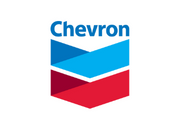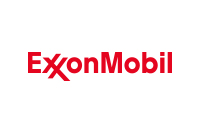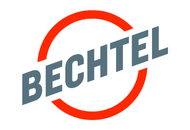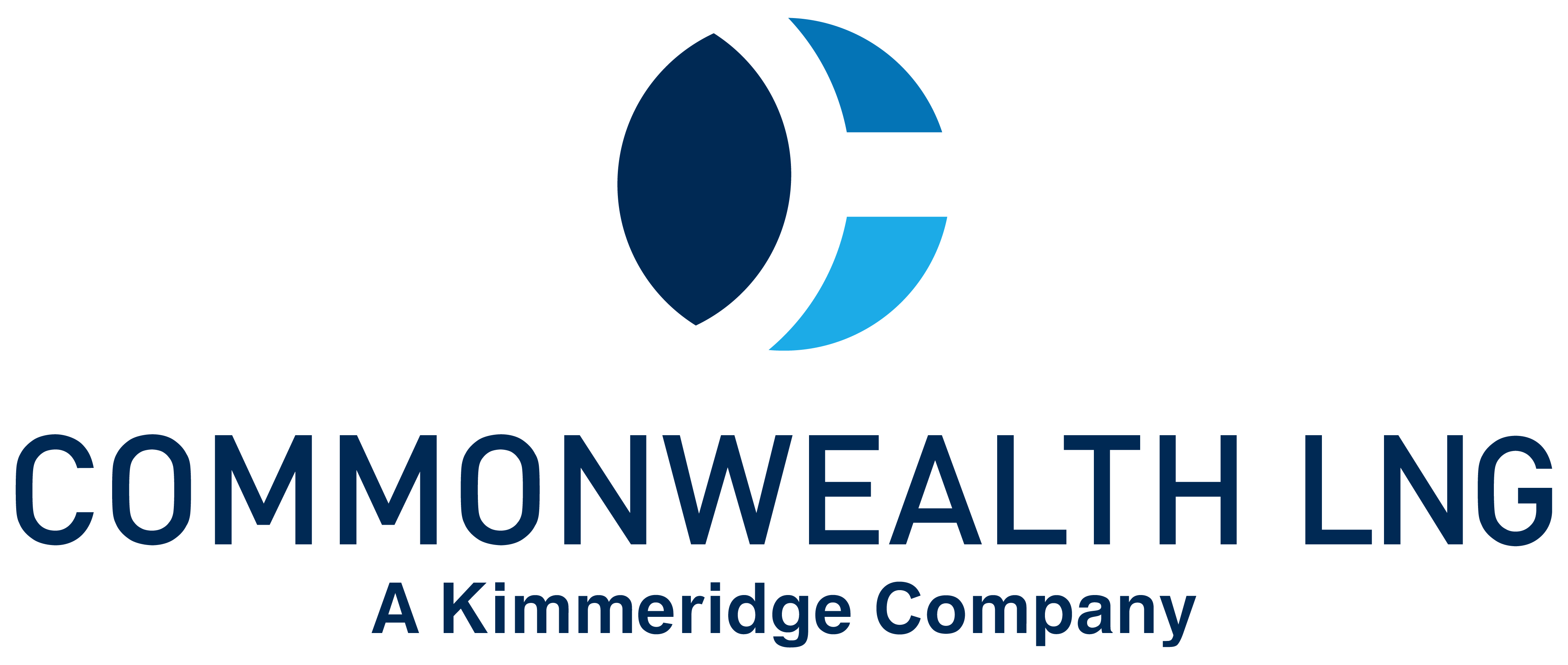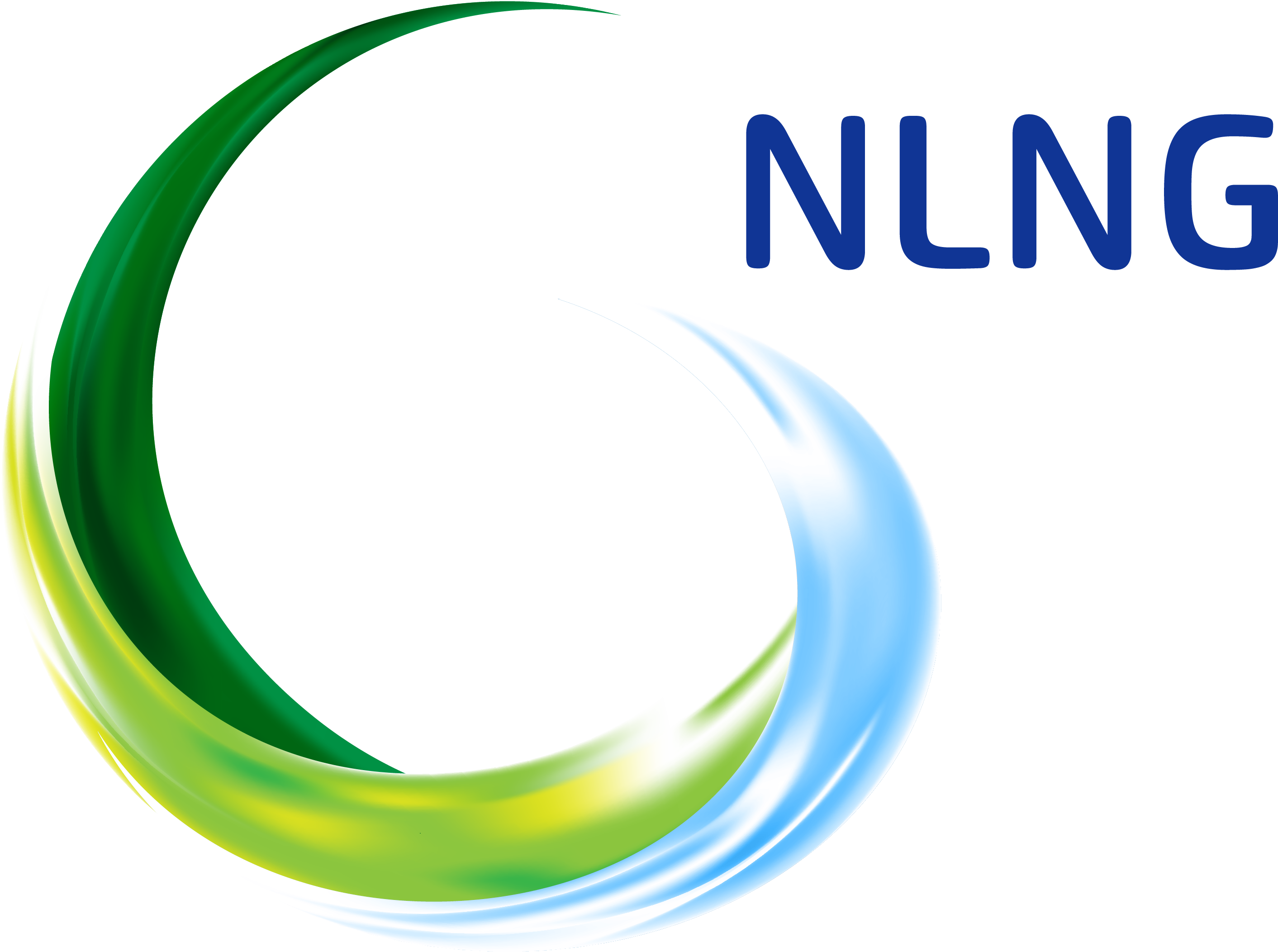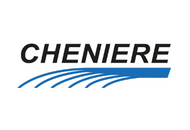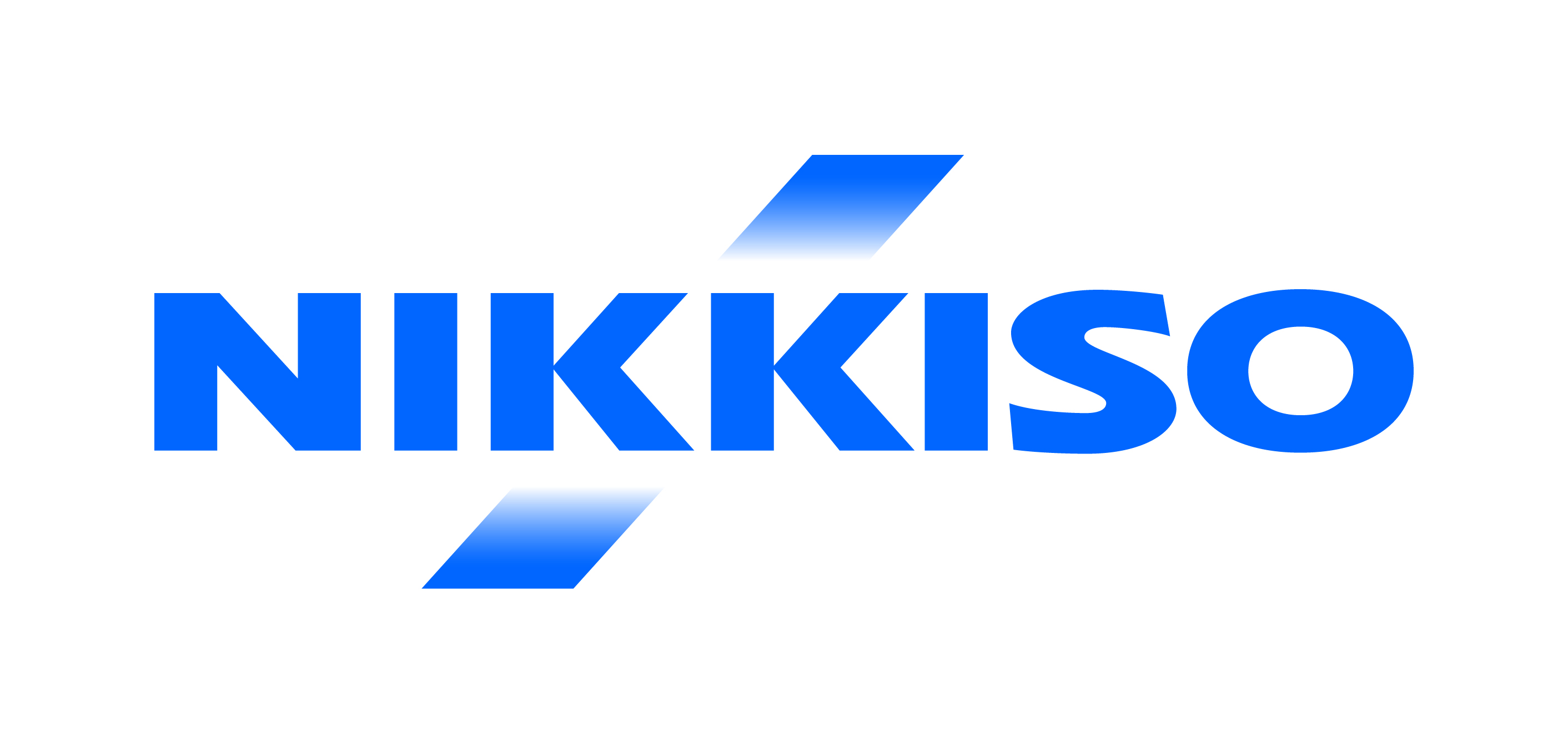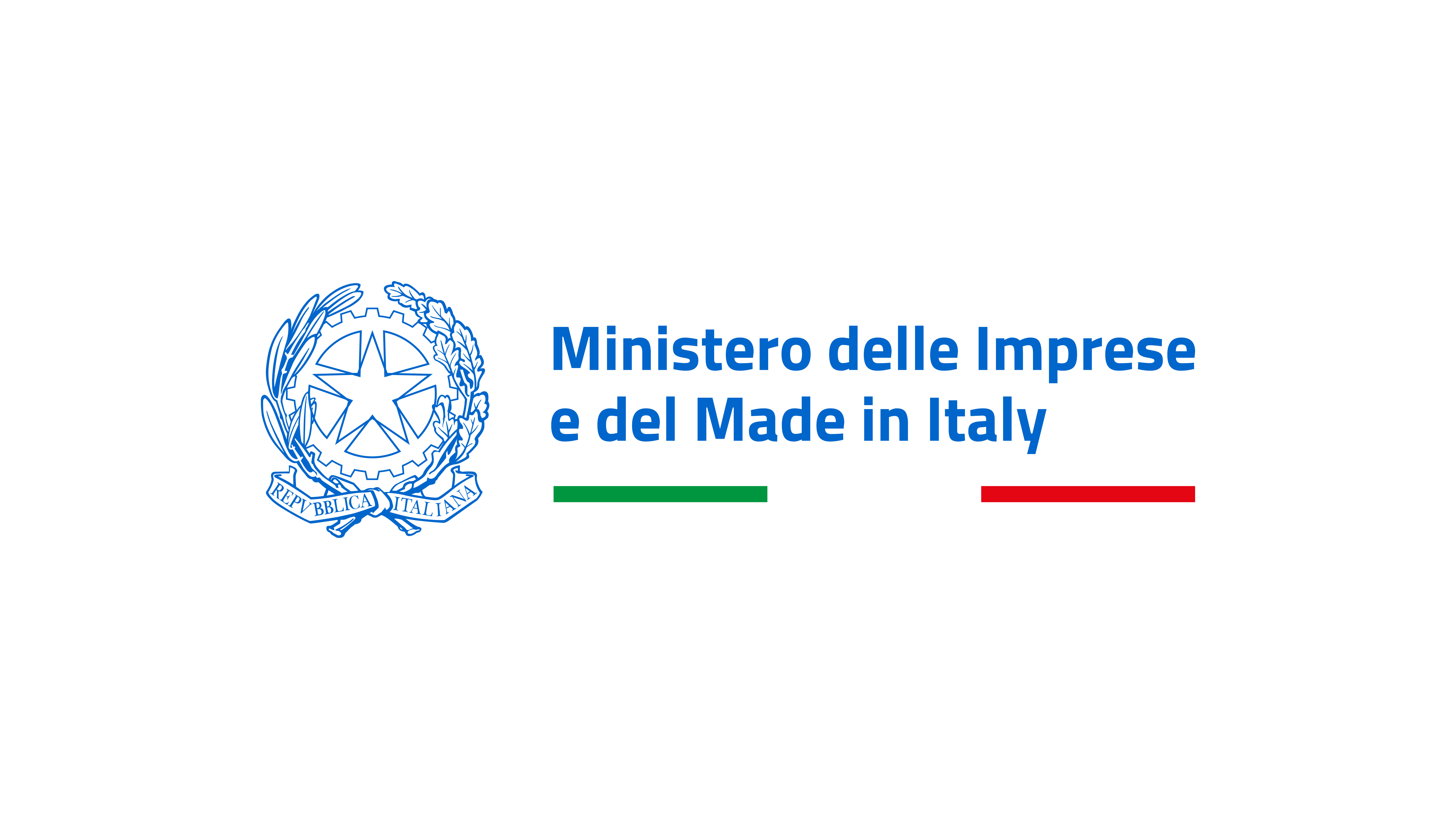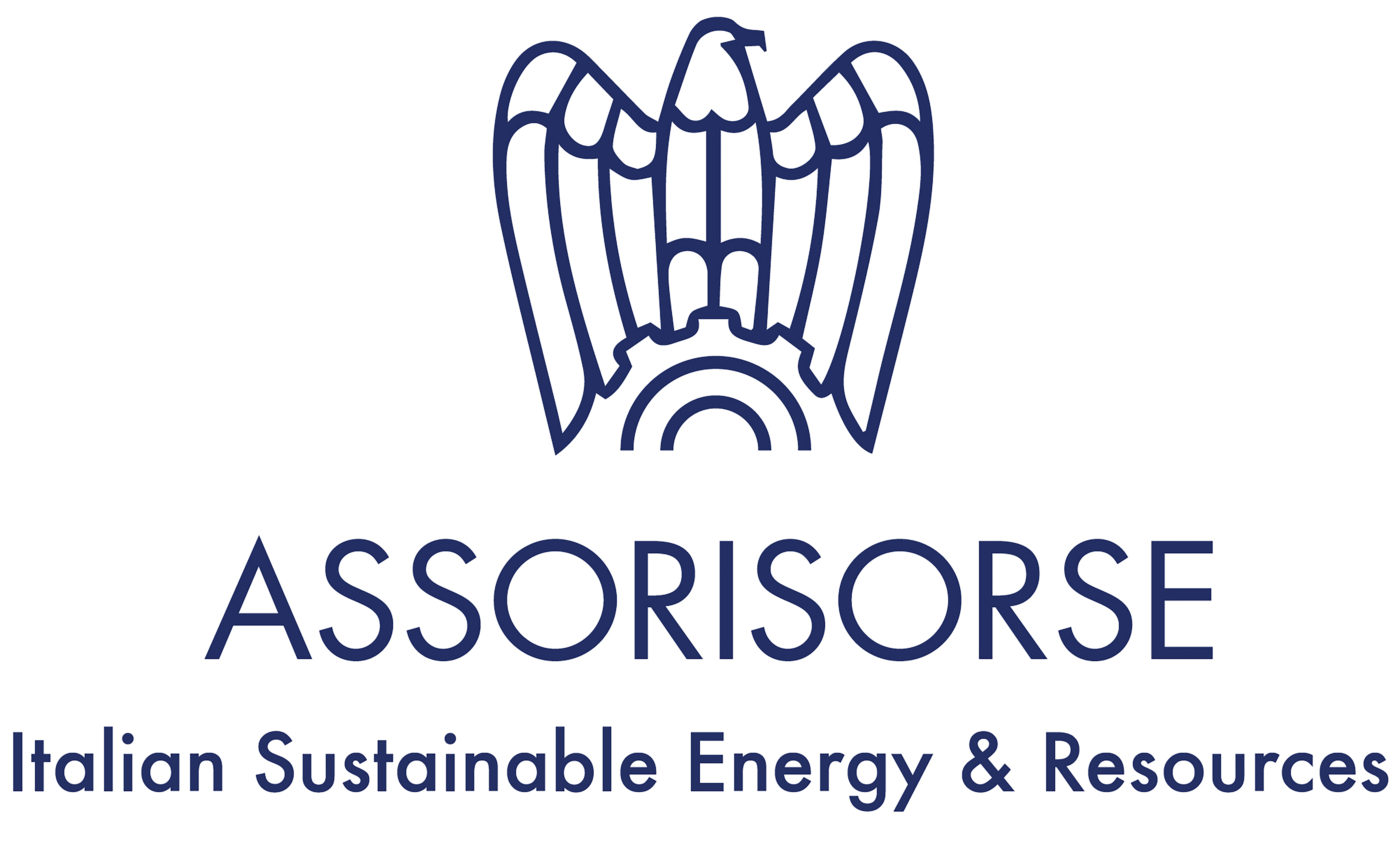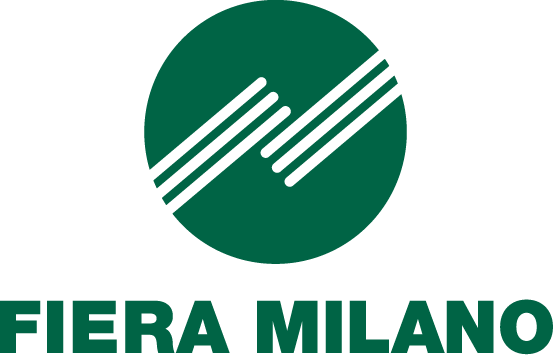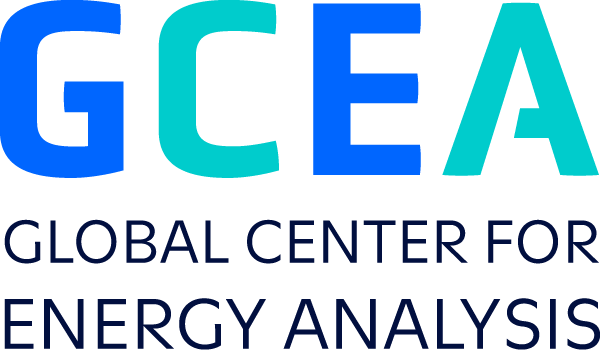Reducing Europe's Dependence on Russian gas – What does it mean for the LNG Industry
The Russian invasion of Ukraine has sent shockwaves across Europe and further afield, particularly in global energy markets. Fears of disruptions to gas flows sent European gas prices to record levels. The Nord Stream 2 pipeline has been suspended indefinitely. The increasing scope and depth of sanctions being placed on Russian interests do not yet cover natural gas imports, but there is great uncertainty whether gas flows will be sustained, reduced or even suspended.
Europe is scrambling to find alternatives to Russian gas, but there is no realistic way to substantially replace it in the short term. Imports from Russia (pipeline gas and LNG) in 2021 totalled 155 Bcm, accounting for around 45% of the EU’s gas imports and almost 40% of its total gas consumption. The EU has proposed an outline plan “REPowerEU” to make Europe independent of Russian imports before 2030. The plan envisions diversifying gas supplies, via increased LNG and pipeline gas imports from other (non-Russian) suppliers, and addressing infrastructure bottlenecks. The IEA also laid out a 10-point plan to reduce Europe’s reliance on Russian natural gas.
In line with the initial plans laid out, pathways to reduce the level of Russian gas imports will require a combination of reductions in gas use, switching to alternative energy sources, and finding alternative supplies of natural gas. LNG is the most obvious alternative supply to bring to Europe, given the range of new LNG supply projects seeking to reach FID, although any solution will be constrained by the ~4-year construction schedule for new plants. The European market has already developed into the global balancing market for LNG due to the flexibility and liquidity of its gas markets, although this role may now evolve in light of increased security of supply concerns.
The paper will examine how the LNG industry is placed to react to the current situation. We have already seen a raft of new and resurrected LNG import infrastructure projects come to the fore while LNG cargos are diverted away from other markets. January 2022 saw an all-time record for LNG imports into Europe, attracted by sky-rocketing European prices and imports are set to continue to beat previous pre-pandemic levels.
The LNG industry can rise to the challenges and opportunities that the tragic situation presents. The paper will examine some of the ways that can happen, including:
* Optimising European LNG import infrastructure to deliver gas to Europe
- Utilisation of existing terminals and constraints in the system.
- Where new infrastructure is planned and where it is most needed.
* Adjusting global LNG trade flows to meet the new market realities
- LNG availability will depend on the Asian market, particularly Northeast Asia and China, which determines the amount of supply that might be available for Europe, and crucially where prices may be heading.
* Fast tracking and financing new LNG supply projects
- Identify regions at the head of the queue to bring new LNG supply to the market







